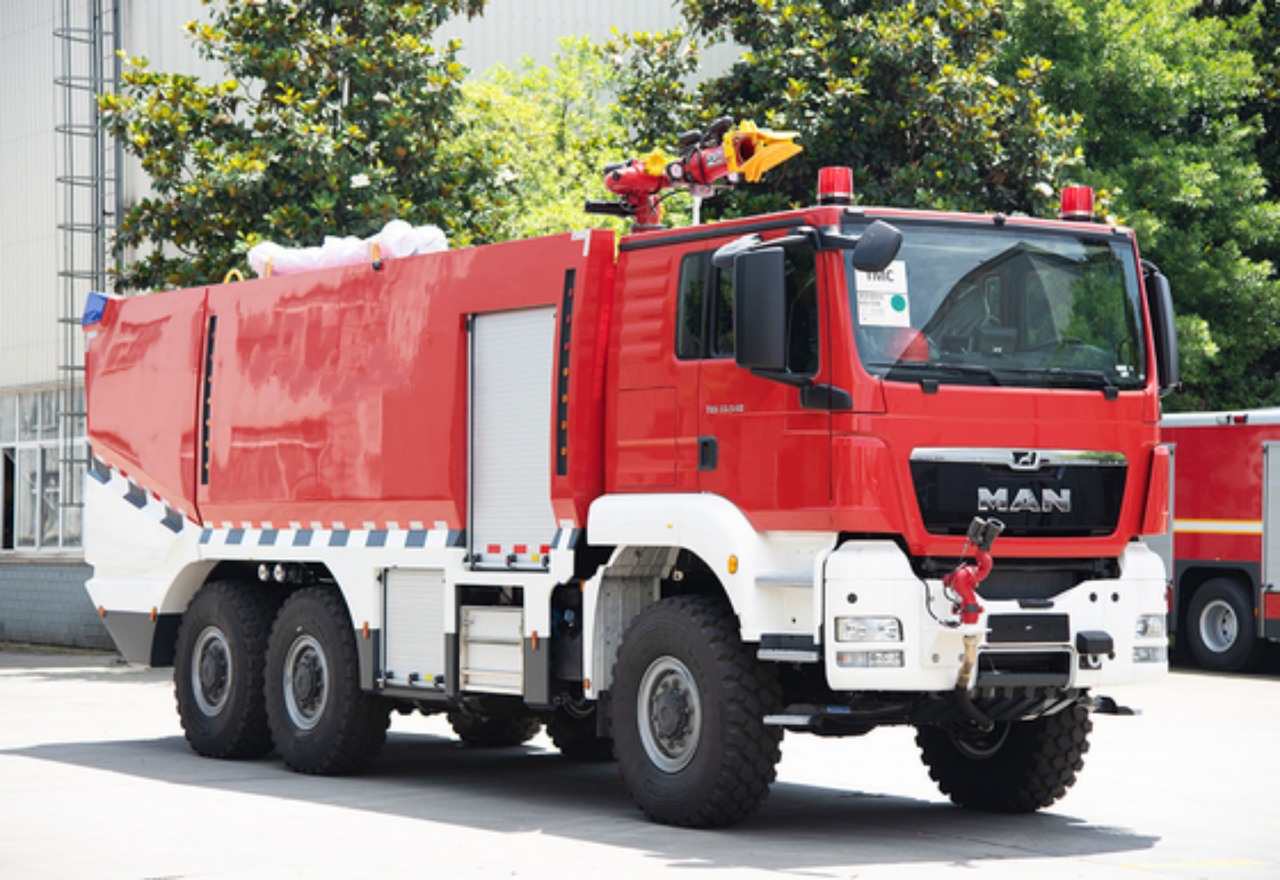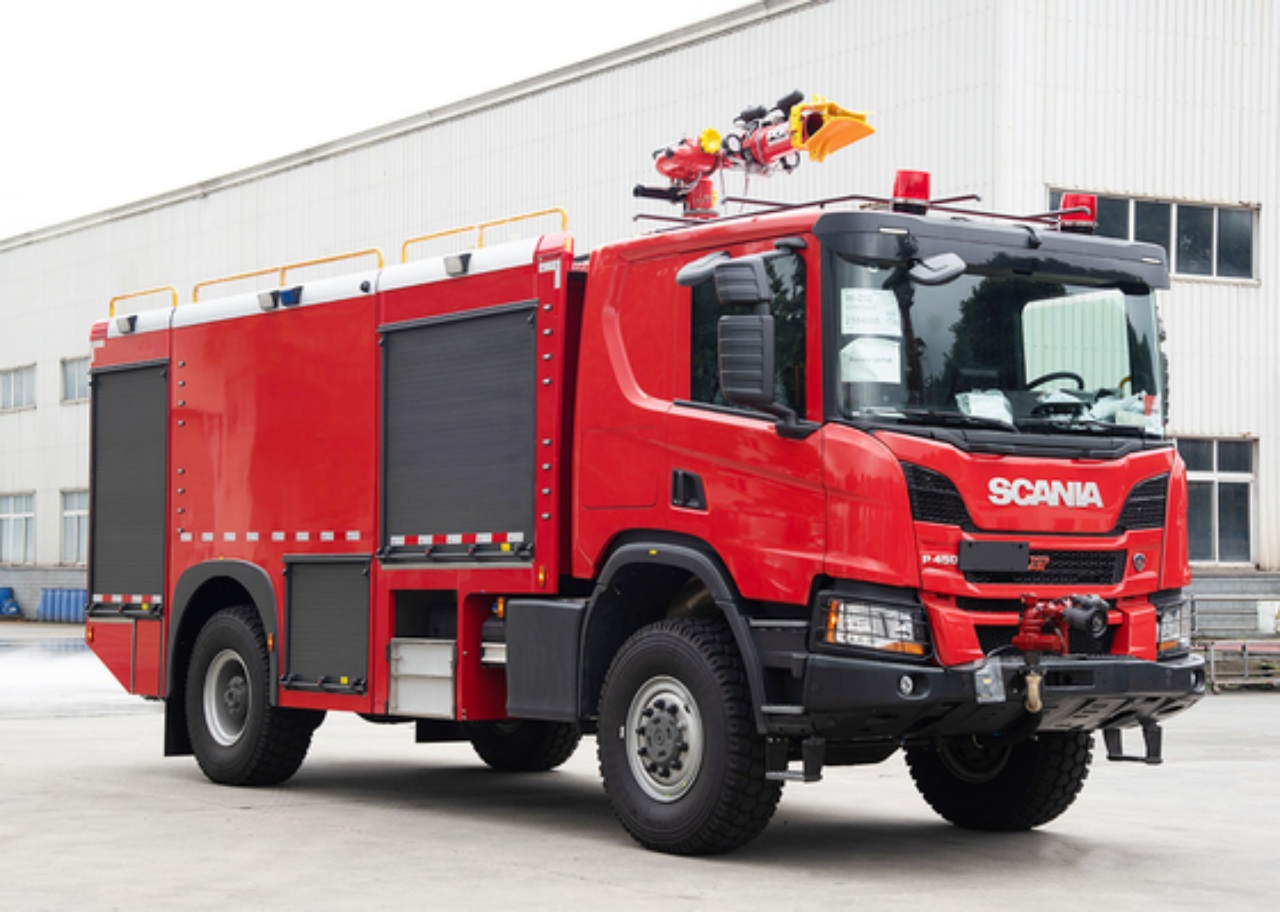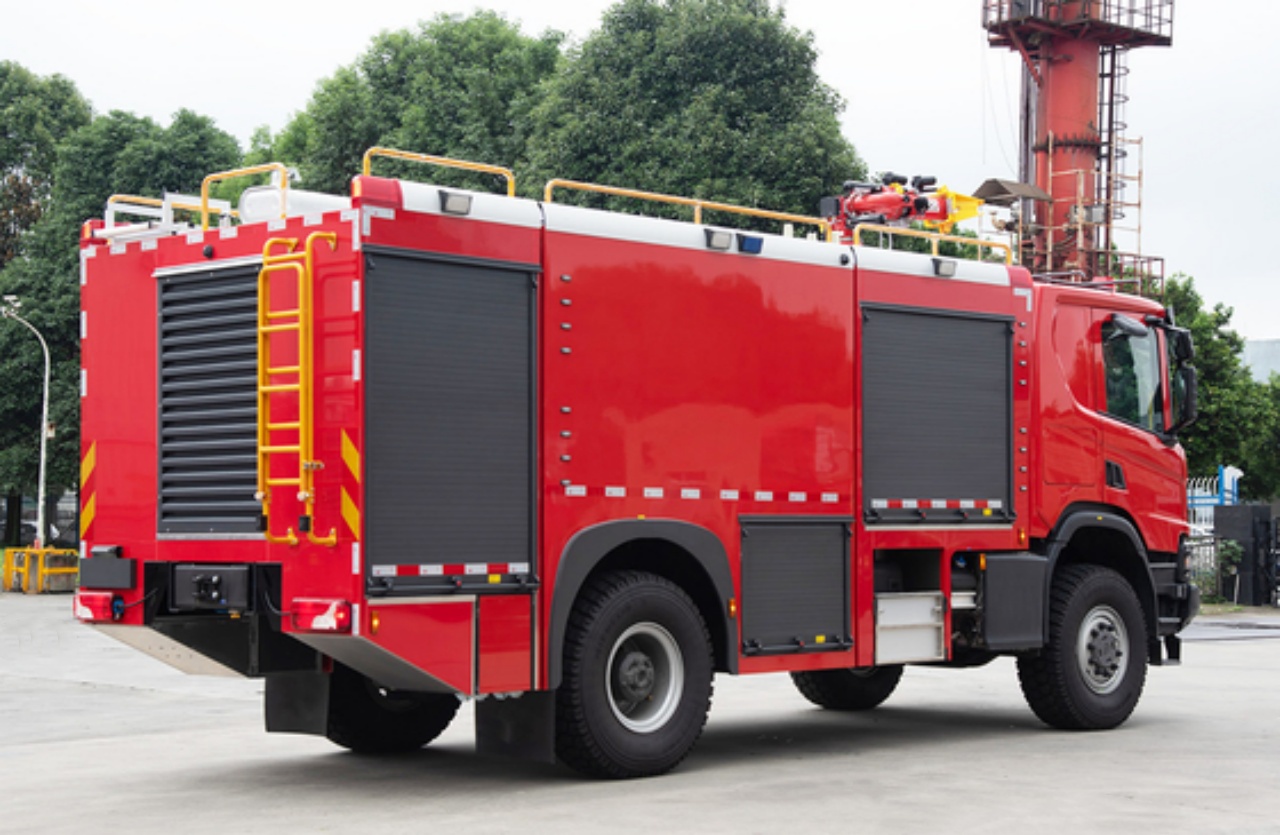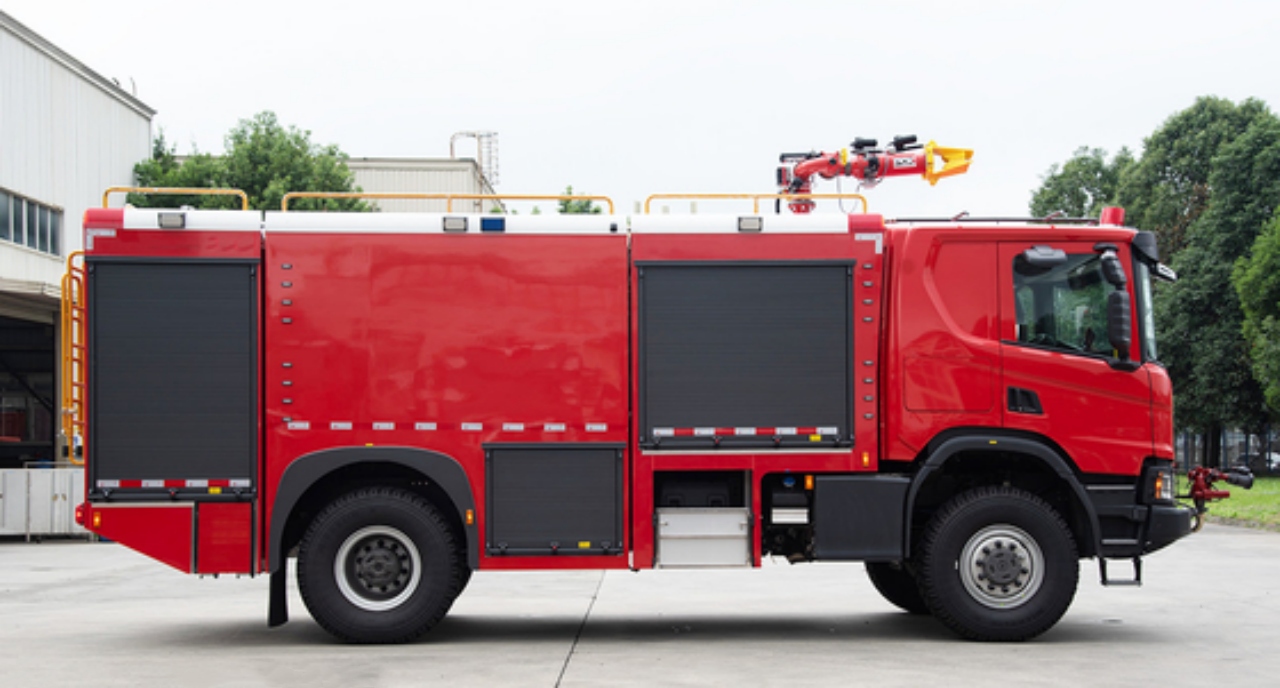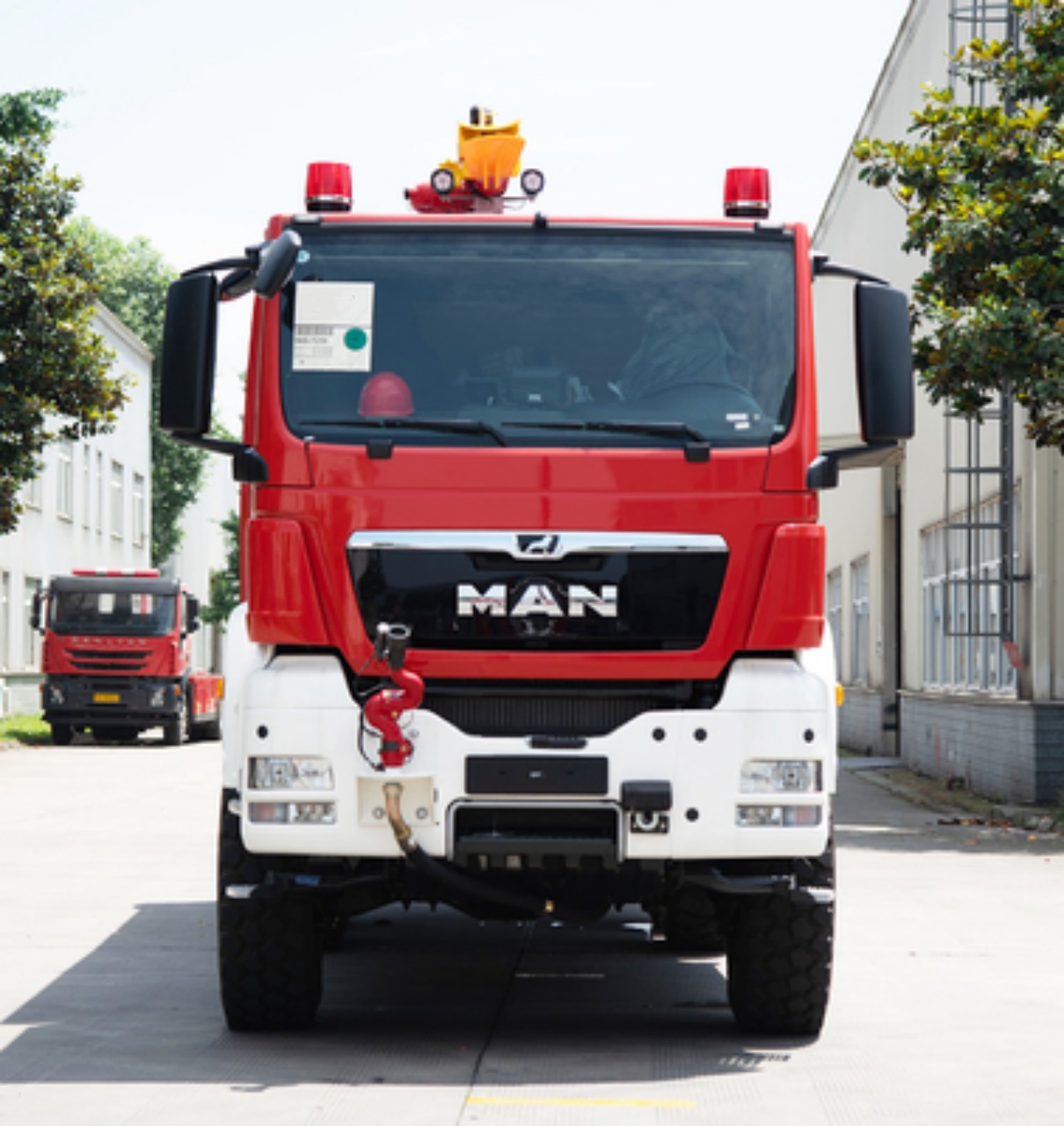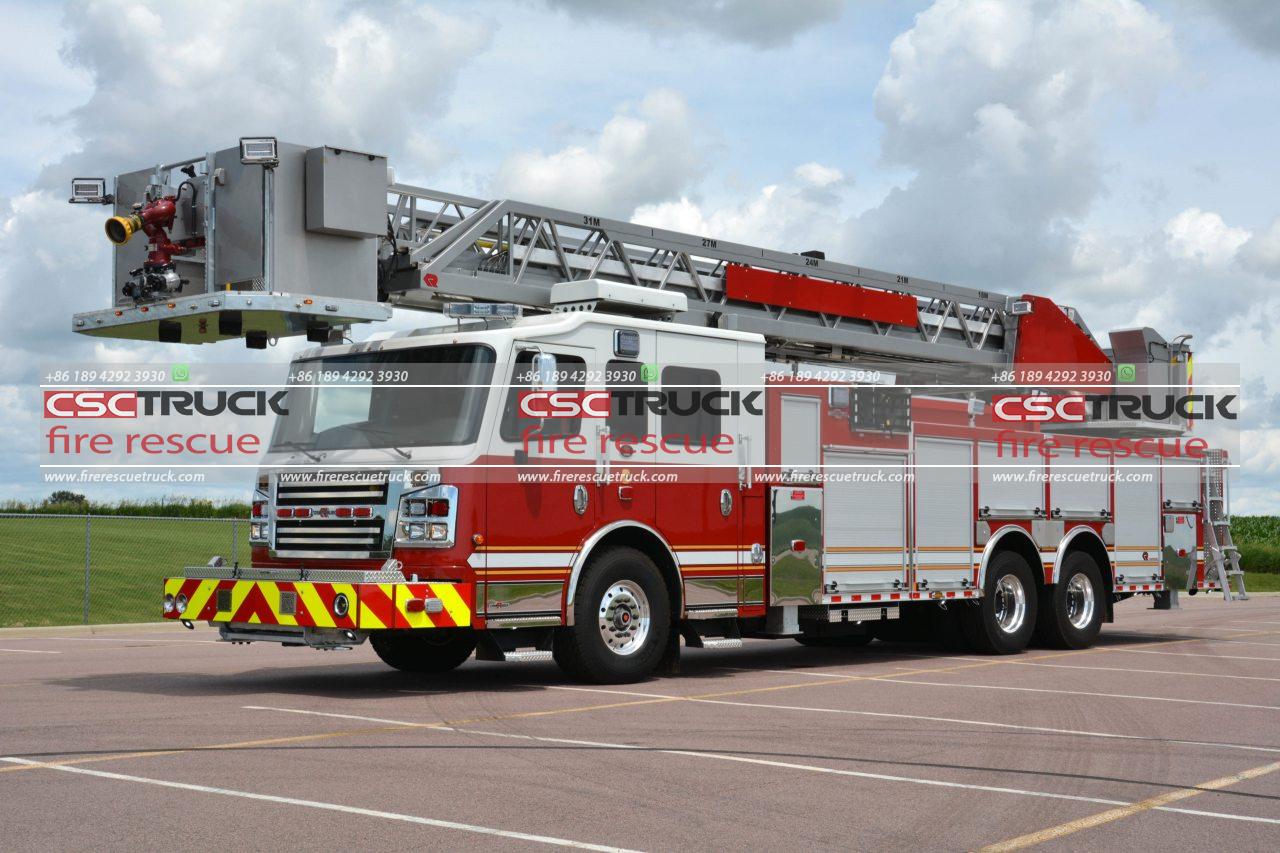When it comes to airport safety, few vehicles play a more crucial role than the airport fire truck, also known as an Aircraft Rescue and Firefighting (ARFF) vehicle. These specialized trucks are designed to respond rapidly to aircraft emergencies, often under extreme conditions. Unlike municipal fire trucks, airport fire trucks are tailored for high-speed response, large-scale fire suppression, and quick deployment of rescue operations in aviation environments.
This article provides an in-depth look at the specifications, design features, equipment, and performance capabilities that define modern airport fire trucks.
1. Purpose and Role of Airport Fire Trucks
The main function of an airport fire truck is to respond to aircraft incidents and emergencies, particularly crashes or onboard fires. Their tasks include:
- Rapid response to runway incidents.
- Extinguishing fuel fires, which typically involve jet fuel (a highly flammable liquid).
- Rescuing passengers and crew trapped in an aircraft.
- Mitigating chemical and hazardous material spills during an incident.
The performance and specifications of ARFF vehicles are regulated by international bodies such as the International Civil Aviation Organization (ICAO) and the Federal Aviation Administration (FAA) in the U.S.
2. Key Design Specifications
a. Chassis and Mobility
Airport fire trucks are engineered for off-road and runway operations. The chassis is rugged, allowing for rapid acceleration and maneuverability on different surfaces.
- Drive configuration: Typically 4×4, 6×6, or 8×8.
- Suspension: All-wheel independent suspension for off-road and high-speed operation.
- Turning radius: Compact for its size to operate around terminal buildings and taxiways.
- Top speed: Ranges from 70–85 km/h (43–53 mph) depending on design.
- Acceleration: Must reach 80 km/h (50 mph) in under 25 seconds (FAA recommendation).
b. Dimensions
While sizes vary based on category and design, general dimensions include:
- Length: 10 to 14 meters.
- Width: 2.5 to 3 meters.
- Height: 3 to 4 meters.
- Gross vehicle weight: Typically 30 to 60 tonnes.
3. Fire Suppression Systems
ARFF trucks are equipped with powerful fire suppression systems to handle large-scale fires quickly.
a. Water Tank
- Capacity: Between 3,000 to 12,000 liters (790 to 3,170 gallons).
- Construction: Stainless steel or polypropylene, corrosion-resistant.
b. Foam Tank
- Capacity: 300 to 1,500 liters (79 to 396 gallons).
- Foam is essential for smothering jet fuel fires.
c. Dry Chemical Agents
- Type: Purple-K (potassium bicarbonate-based).
- Capacity: 250 to 500 kg (550 to 1,100 lbs).
- Used to extinguish fires not easily handled by water or foam.
d. Clean Agent Systems (Optional)
- Agents: Halotron, FM-200, or similar.
- Effective in confined spaces without water damage.
4. Pump and Discharge Capabilities
Speed and volume are essential during aircraft fires, hence, ARFF vehicles are equipped with high-performance pumps.
- Pump capacity: 2,000 to 6,000 liters per minute (530 to 1,585 gallons/min).
- Discharge pressure: Around 10 to 14 bar (145 to 200 psi).
- Roof turret (monitor): Remote-controlled, capable of discharging up to 4,000 L/min (1,060 GPM).
- Bumper turret: Smaller than roof turret, but highly maneuverable for low-level fires.
Some trucks are also equipped with piercing nozzles to penetrate aircraft fuselages and apply foam inside.
5. Cab and Crew Configuration
The cab is designed for maximum visibility, ergonomic control, and space for multiple crew members.
- Seating capacity: 2 to 6 crew members.
- Visibility: Panoramic windshield with anti-glare coating and wide-angle mirrors.
- Controls: Touchscreen interface, joystick-controlled monitors, and real-time telemetry.
Cabs may be pressurized and climate-controlled, especially for operations in extreme environments.
6. Rescue Equipment and Tools
Besides fire suppression, airport fire trucks carry a range of rescue equipment:
- Hydraulic rescue tools (cutters, spreaders)
- Ladders and ropes
- Self-contained breathing apparatus (SCBA)
- Thermal imaging cameras
- Aircraft access tools for cutting fuselage or opening emergency doors
- Portable lighting and generators
7. Safety and Navigation Features
To ensure safe operation during emergencies, especially at night or during poor weather conditions, ARFF vehicles are fitted with:
- Infrared and night vision cameras
- Runway navigation aids
- Aircraft radio communication systems
- Emergency warning lights and sirens
- Anti-lock braking system (ABS) and traction control
8. Compliance Standards
ARFF trucks must comply with global and national standards such as:
- ICAO Annex 14: Outlines airport firefighting requirements based on airport category.
- NFPA 414 (USA): Specifies design and performance criteria for ARFF vehicles.
- FAA AC 150/5220-10: Covers ARFF vehicle acquisition.
Each airport’s requirements may differ based on the type and size of aircraft it serves, and thus, the fire truck’s specifications are tailored accordingly.
9. Example Models
Here are some well-known ARFF vehicle models:
- Rosenbauer Panther
- Available in 6×6 or 8×8.
- Up to 14,000 liters of water capacity.
- Oshkosh Striker
- Modular design with options for 4×4, 6×6, and 8×8.
- 11,000 liters of water, 1,600 liters of foam.
- Ziegler Z-Class
- Advanced electronics and ergonomics.
- High off-road mobility and foam delivery rates.
10. Future Trends
Modern ARFF trucks are beginning to incorporate electric drivetrains, AI-assisted driving, and augmented reality interfaces. The focus is on reducing response time, increasing suppression efficiency, and minimizing environmental impact.
Conclusion
Airport fire trucks are among the most advanced emergency vehicles in the world. Their design is a perfect blend of brute strength, cutting-edge technology, and lifesaving functionality. Understanding their specifications is key for airport authorities, firefighting personnel, and aviation safety professionals. As air traffic grows and aircraft become larger and more complex, the role of ARFF vehicles continues to evolve, delivering protection where every second counts.
